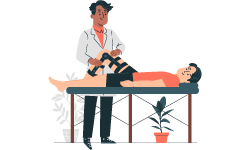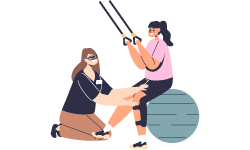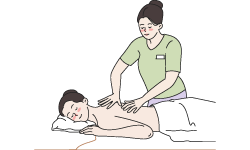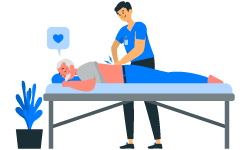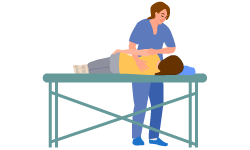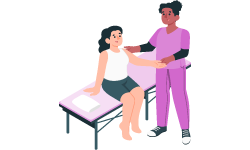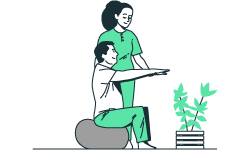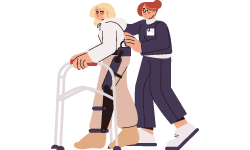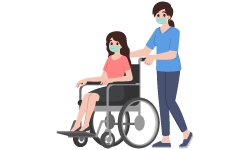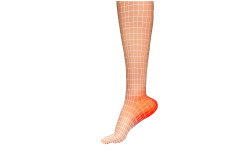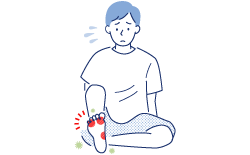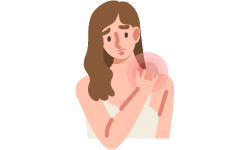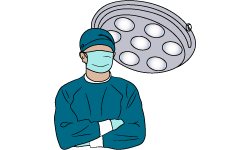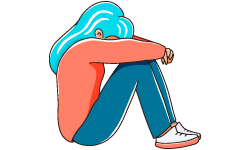Orthotic interventions are effective in treating many forms of pain, such as those resulting from plantar fasciitis, flat feet, bunion deformities, shin splints (pain along the front of the leg), Achilles tendinitis (inflammation of the heel cord), knee pain hip pain low back pain among others as well as optimizing general foot alignment and function. Each pair is carefully designed to fit perfectly to your foot structure to ensure that it performs best and provides comfort.
- Taking a complete assessment of the issue at hand, casting or scanning the leg, and finally making an orthotic device is what brings about custom orthotics.
- They are intended to support the body while correcting biomechanical imbalances and enhancing general alignment and function.
- Therefore, custom orthotics help alleviate foot pains like plantar fasciitis, flat feet, high arches, bunions, shin splints, Achilles tendonitis, knee pain, hip pain, and lower back pain.
- They are often used as a solution for addressing biomechanical issues while supporting and aligning the lower limbs.












 1st Feb 2024
1st Feb 2024
 23rd Jul 2023
23rd Jul 2023
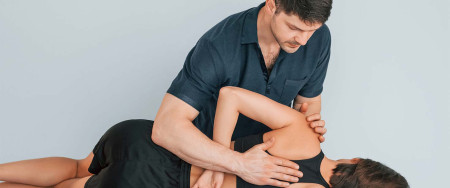 23rd Jul 2023
23rd Jul 2023
 18th Jul 2023
18th Jul 2023
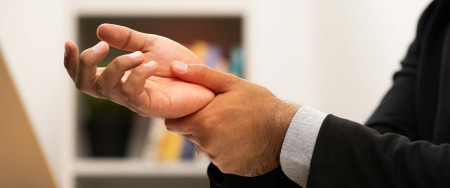 16th Jul 2023
16th Jul 2023
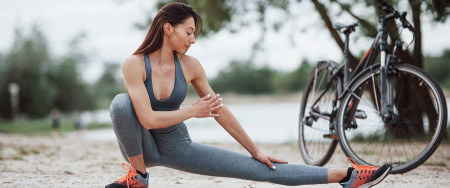 16th Jul 2023
16th Jul 2023
